
Free Face Mask Patterns to Make, Wear & Donate
Face Mask Patterns
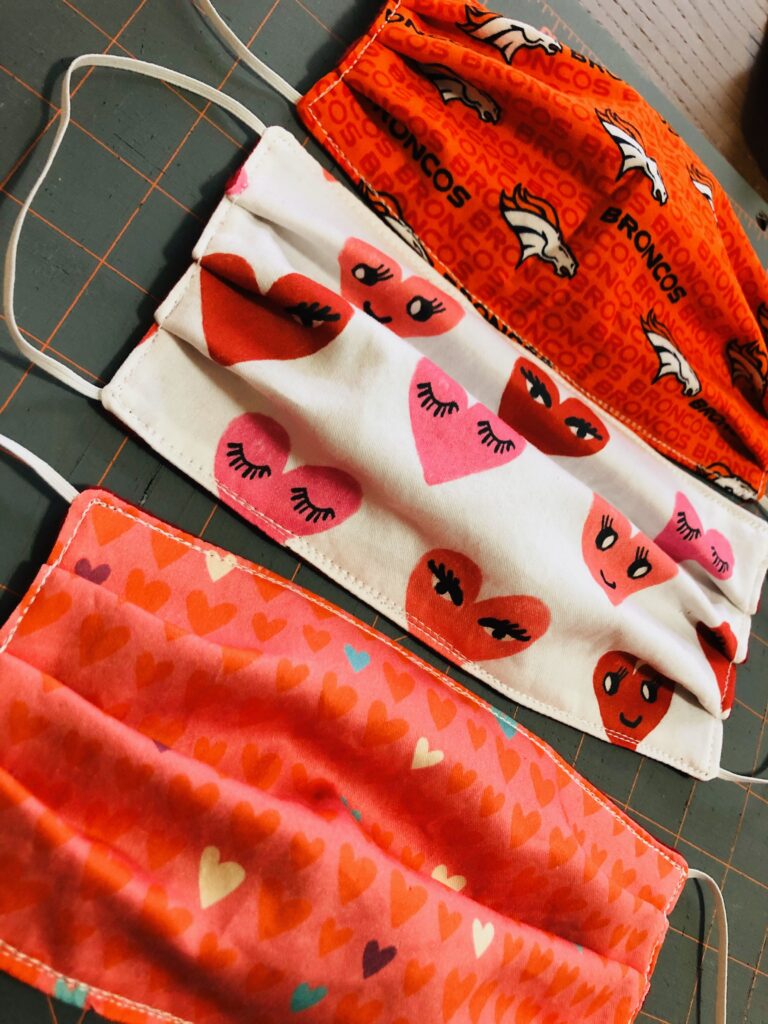
Below are a couple of free face mask patterns you can use to make your own protective gear and donate to various hospitals in need. Not only do your local hospitals need reusable fabric face masks, but veterinarian hospitals are in need, too. Many have surrendered their protective equipment or have simply run out due to the coronavirus pandemic, and when our furry friends need medical intervention and hospitalization face masks are essential.
Comment below if you’d like to use these free face mask patterns and donate face masks to veterinarian hospitals but are unsure where to send the finished masks. You can join my local effort. Or reach out in your community to find where to donate locally.
These face mask patterns are boasted as CDC-approved. However, I encourage you to obtain specific requirements from the receiving hospital or organization prior to donating masks to ensure they can be used as intended.
Join our Sew Masks with Sulky Facebook Group for even more mask patterns, tips and tricks and from Sulky and others in the sewing community.
BASIC PLEATED FACE MASK
The first face mask pattern is a basic pleated face mask from Courier Press and has been circulating on the internet as CDC-compliant. I sewed several of these over the weekend using tightly woven cotton fabric for the outer mask and flannel for the lining. 1/4″ elastic works well for each end. 1/8″ also works, and works well for children’s masks, too.
After consulting with a veterinarian anesthesiologist friend, he confirmed that these types of masks would be welcomed in his hospitals. The prospect of even having three of my masks gave him much excitement, so I pledged to make as many as possible for his cause.
These masks are also popular with children, as they seem to fit comfortably. As children return to schools and activities, and as long as mask mandates are imposed, consider making this version in a slightly smaller size to fit a child’s face.
FACE MASK SUPPLIES
For each mask, you need a 9″ x 6″ fabric rectangle for the outer and lining. I used 50 wt. Cotton + Steel thread by Sulky for construction. You also need two 7″ lengths of elastic. Various widths will work, so use what you have on hand to avoid shopping and breaking the social distancing rule. Alternatively, bias tape, ribbon or fabric ties may work for ties but I suggest consulting with the receiving organization before substituting to ensure CDC compliance.
Watch me make this face mask style on Sew What?, our Facebook Live series, also available on-demand on our YouTube channel.
FREE SEWING FACE MASK
This face mask pattern has a curved shape, covering more of the face in a seemingly more secure fashion. The pattern is free to distribute and use. Follow the link to get the pattern pieces and full instructions, along with a short video tutorial.

I am experimenting with using various weights of stabilizer for this type of mask, to provide breathability as well as protection. Sulky Cut-Away Plus seems to be a favorite among mask-makers. It can be used alone (without fabric) or added between fabric layers for extra protection. We are not scientists–this is important–so please consult with experts to determine the materials that are right for you, your family and your community. Comment below if you’ve tried different methods with success, so we can all learn from your techniques as well!
HOW TO DONATE
Place your finished masks inside of a zip-top bag and label with how many are enclosed. The receiving organization should (and will) fully sanitize them prior to use.
Reach out to local vet hospitals to see if the surgeons and vets are in need of the masks and how to donate them. Schools are also requesting handmade masks to supplement the supply they are given for students.
Once you find a place in need, schedule a UPS pickup to avoid going to the Post Office.
LEARN MORE
Join our Sew Masks with Sulky Facebook Group for even more mask patterns, tips and tricks and from Sulky and others in the sewing community.
For more free projects, product specials and more delivered to your inbox, sign up for our newsletter!



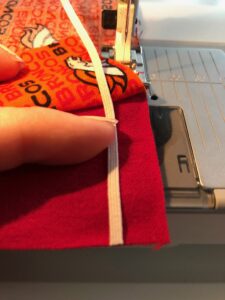
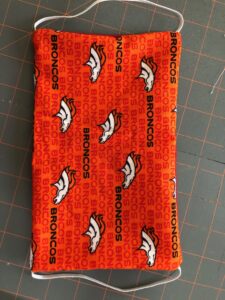
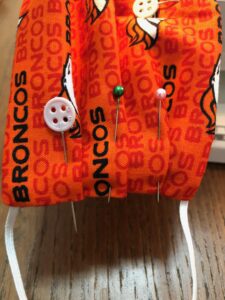

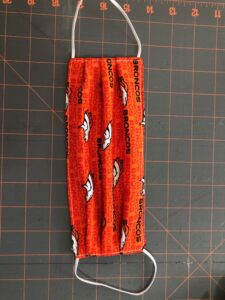

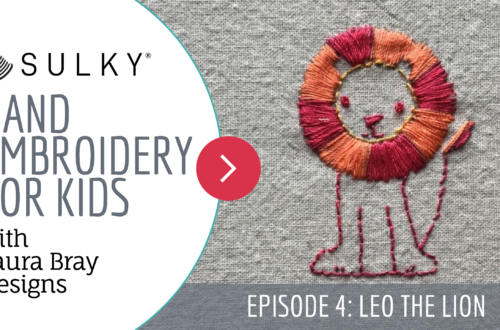
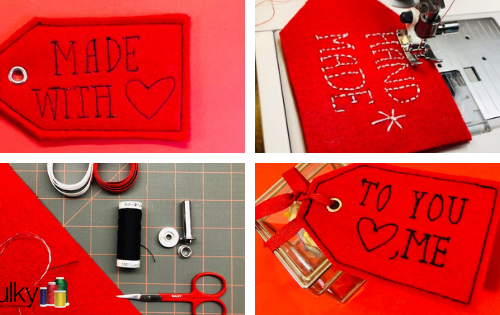
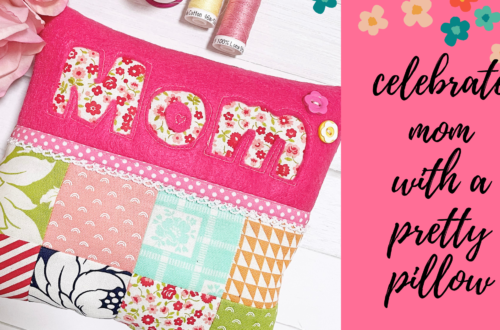
24 Comments
MJ Kinman Textile Artist
Thank you, Ellen! My Gem Affiliates are helping with this project and have been searching for good patterns. You’re a GEM! — MJ Kinman Textile Artist
Ellen March
Thanks, MJ! Glad to hear it!
Maggie Drafts
I am going to be watching for the kind of stabilizer to use! AND, as a retired RN, I think that the face mask would actually give more protection than the pleated one, as it has gaps over the face.
Ellen March
Some folks have used Sulky Cut-Away Plus alone, not paired with fabric, for a sort-of disposable version. We are not sure it is compliant for hospital use. We suggest you contact the intended recipients to ensure the ones you make can be put to good use!
Michelle Chatterson
What a great thing you’re doing with making masks for hospitals and putting these patterns out for others to use !!
Sally
Good day,
I have read that the preferred method to make masks (to protect others from you) is using non-woven material either on the inside or between two pieces of fabric. I happen to have a roll of tear-easy stabilizer. Is this non-woven?
Thank you!
Patti Lee
Hi Sally. Not in the technical sense – Tear-Easy is a tear-away, so it is not meant to be a stand-alone “fabric”. It will break down with washings, and you would not want that to happen with a mask. When they’re talking about non-wovens, they generally mean a stabilizer where you cannot see the warp and weft (weave) of a fabric. They are created via a completely different manufacturing process. So, although they behave like a fabric, they have no weave. The most popular stabilizer for the masks seems to be Sulky Cut-Away Plus – a non-woven, permanent stabilizer. It’s strong enough and dense enough to act as a fabric all by itself. So many mask-makers are using it just that way (without fabric), and just adding a nose wire, and ribbons for ties, or elastic. Sometimes, Tear-Easy is used as a stabilizer in a quilt, but then it is heavily quilted, so there will not be any noticeable break-down of the stabilizer in the washing and using of the quilt. This would not be true in a mask. If you wanted to use a lighter weight stabilizer within the mask (rather the heavier Cut-Away Plus) you could use Sulky Soft ‘n Sheer which is a lighter weight permanent cut-away. Any stabilizer that is advertised as a tear-away is not suitable for creating this health mask.
Sarah
I have a roll of Sulky Soft ‘n Sheer Cut-Away Permanent Stabilizer and it would seem to tick all the boxes for a filter of sorts – non-woven, permanent so should be washable, soft so not crunchy or stuff like the other stabilizers. What’s your verdict for this one?
Ellen March
Some people have been using Soft N Sheer as well as Cut Away Plus. We cannot recommend the effectiveness of any one product and are just making what we feel will protect people and/or prolong the use of medical-grade masks. You could certainly try it, as I am sure it is better than no protection at all.
Margaret Mattison
What can be used for the nose wire area? My hospital mask from when I was a patient has a area around the nose that can be formed around the bridge of the nose that is about a 1/4 inch x 3 inches?t
Ellen March
Hello Margaret. Some people have been creating a casing along the mask upper edge to house a pipe cleaner or twisty tie for this purpose. Join our Sew Masks with Sulky Facebook group for a ton of resources, posted by our community, for more assistance. You can also post a question for the group and get a lot of different opinions, as well.
lawrence
where can I get a ready made mask made for a man ???
Ellen March
Hi Lawrence,
We are not selling masks, only providing people with resources to make their own. Check out our Facebook Group Sew Masks With Sulky for tons of resources. Stay healthy!
Ricardo
I like this site my first much coolness
tinawgreer
Have made several of the 6-9 masks with 3 pleats. What size should I cut my fabric for a child’s mask?
Ellen March
The pattern I used said to cut a child’s size to 4×7, but all patterns differ. Please join our Sew Masks with Sulky Facebook group. There are a lot of resources there and it’s a great place to ask others for their opinions, too! Happy mask-making!
Ellen March
7″x4″ works well, but measure to make sure that will fit the child first.
Penny Cordova
I have been making mask and have several for adults and children. I live in Commerce City Co. I have made some for my animal shelter that I volunteer for. But have more. Just need to find other places that need them. Thank you Penny Cordova Look forward to hearing from you
Nikki
Hi Penny, I am collecting some for an animal hospital near Littleton, CO. If you’d like to donate to this cause I can give you the address to send your masks. Email me at ellen.march@sulky.com and I’ll respond straight away! They are in need of 40 more, but they will take any you can provide. Thank you for your generosity!
Sue
Pattern picture and how to make shaped face masks
Ellen March
Hi Sue. Please join our Facebook Group: Sew Masks with Sulky. There are many, many resources there as well as a forum to ask people questions directly. Thanks for reading!
N95 Face Mask
I like this post, it is really helpful for many people who cannot get a disposable face mask.
Mimi
Hi Ellen – where did you purchase that adorable heart fabric with the eyes?
Ellen March
Hi Mimi! It’s from Spoonflower. You can search Valentine designs and you’ll find it!